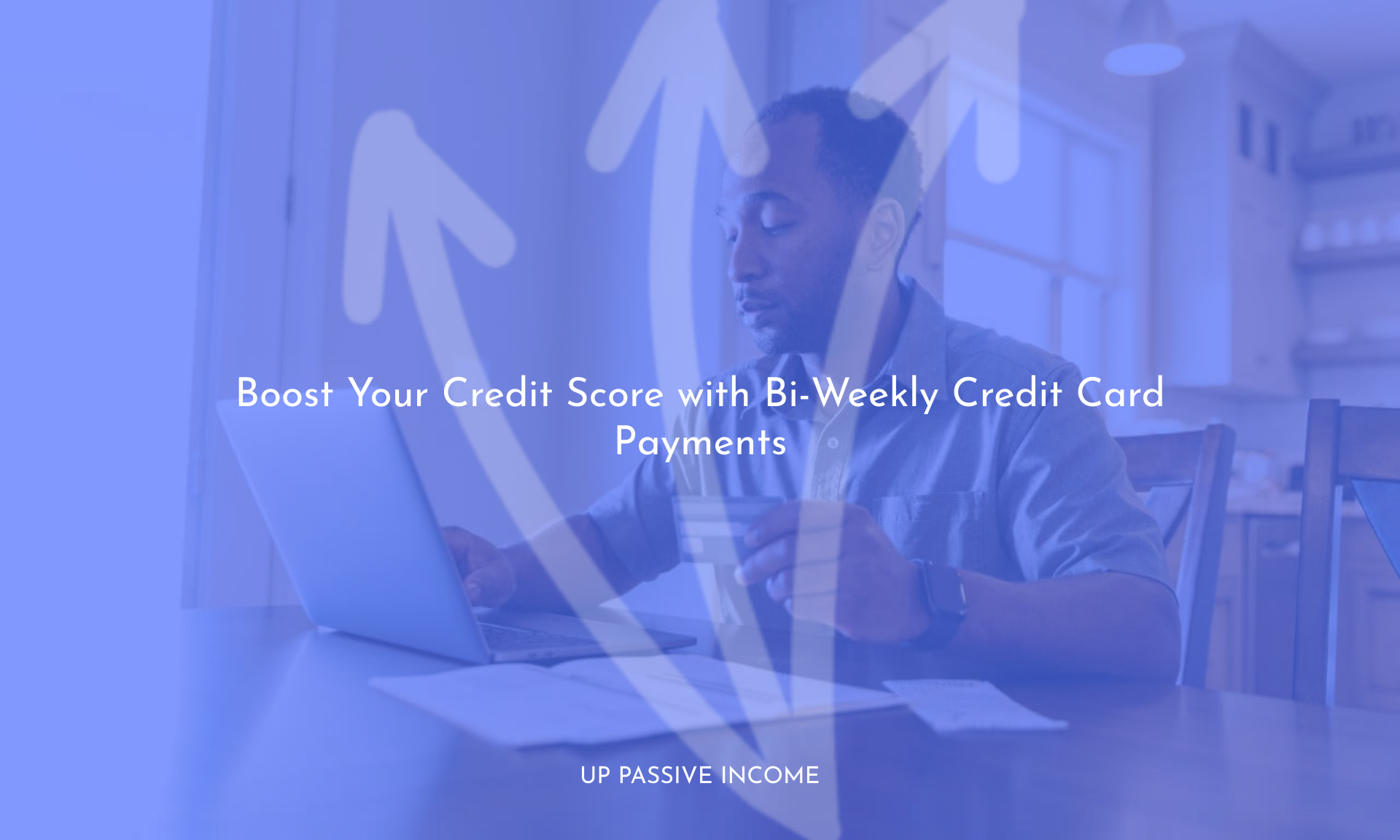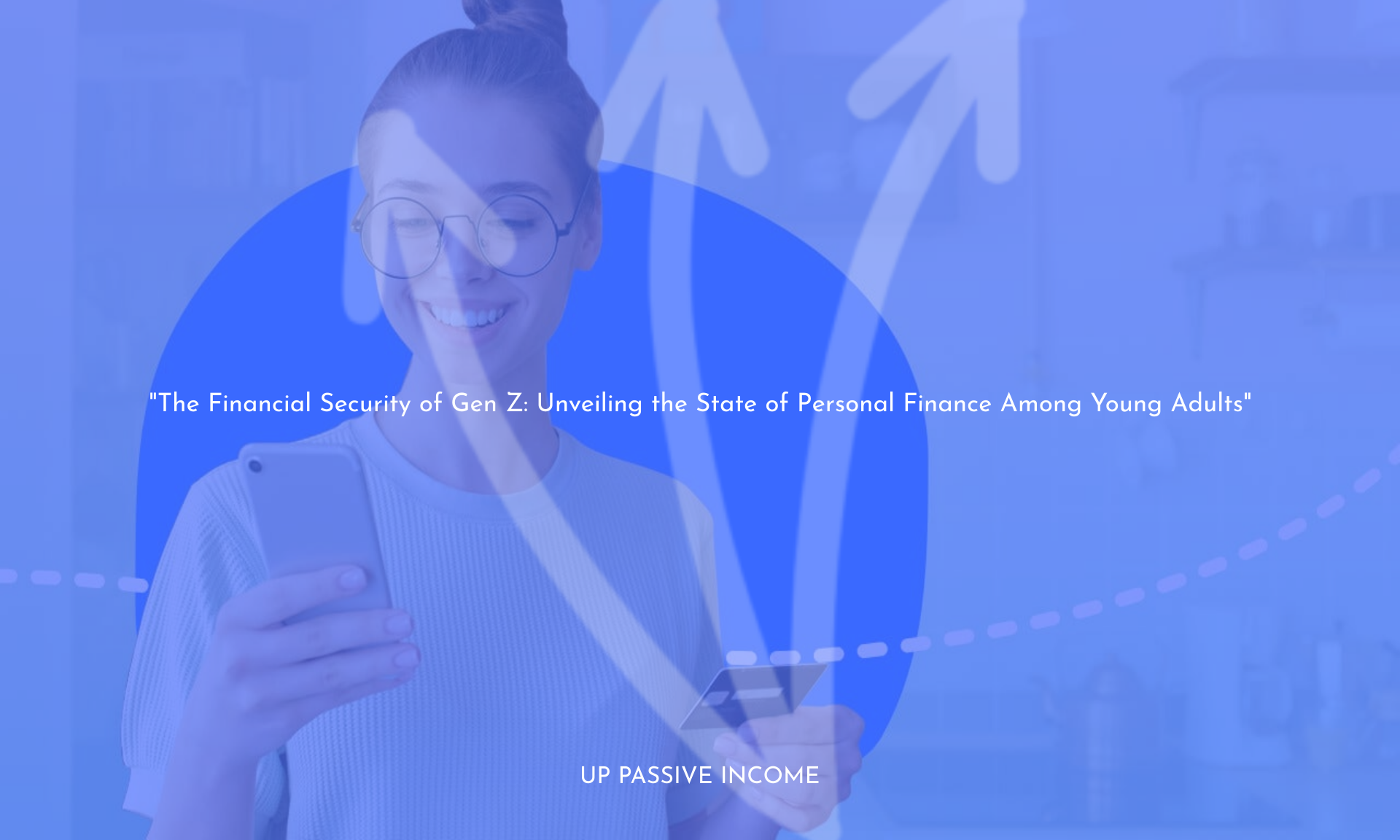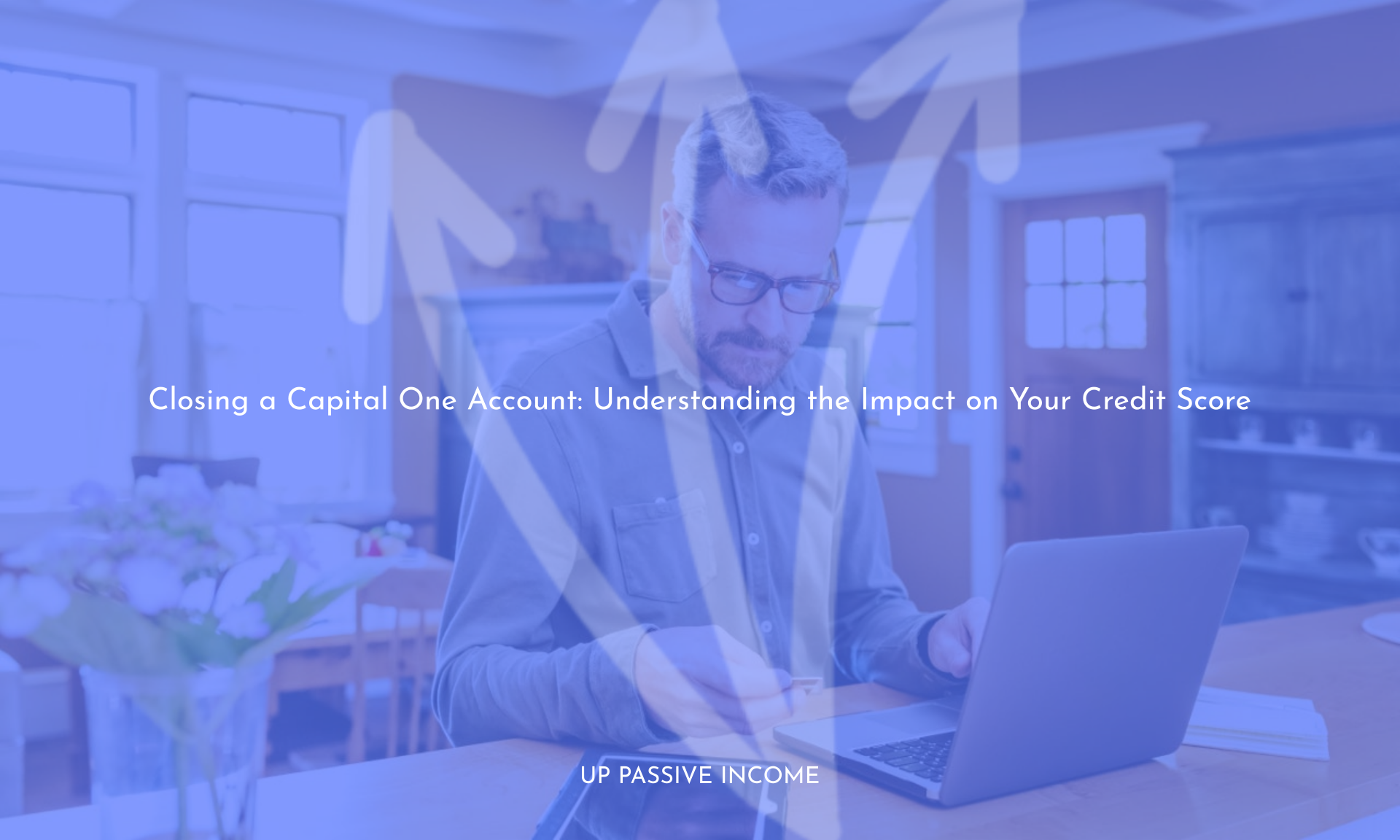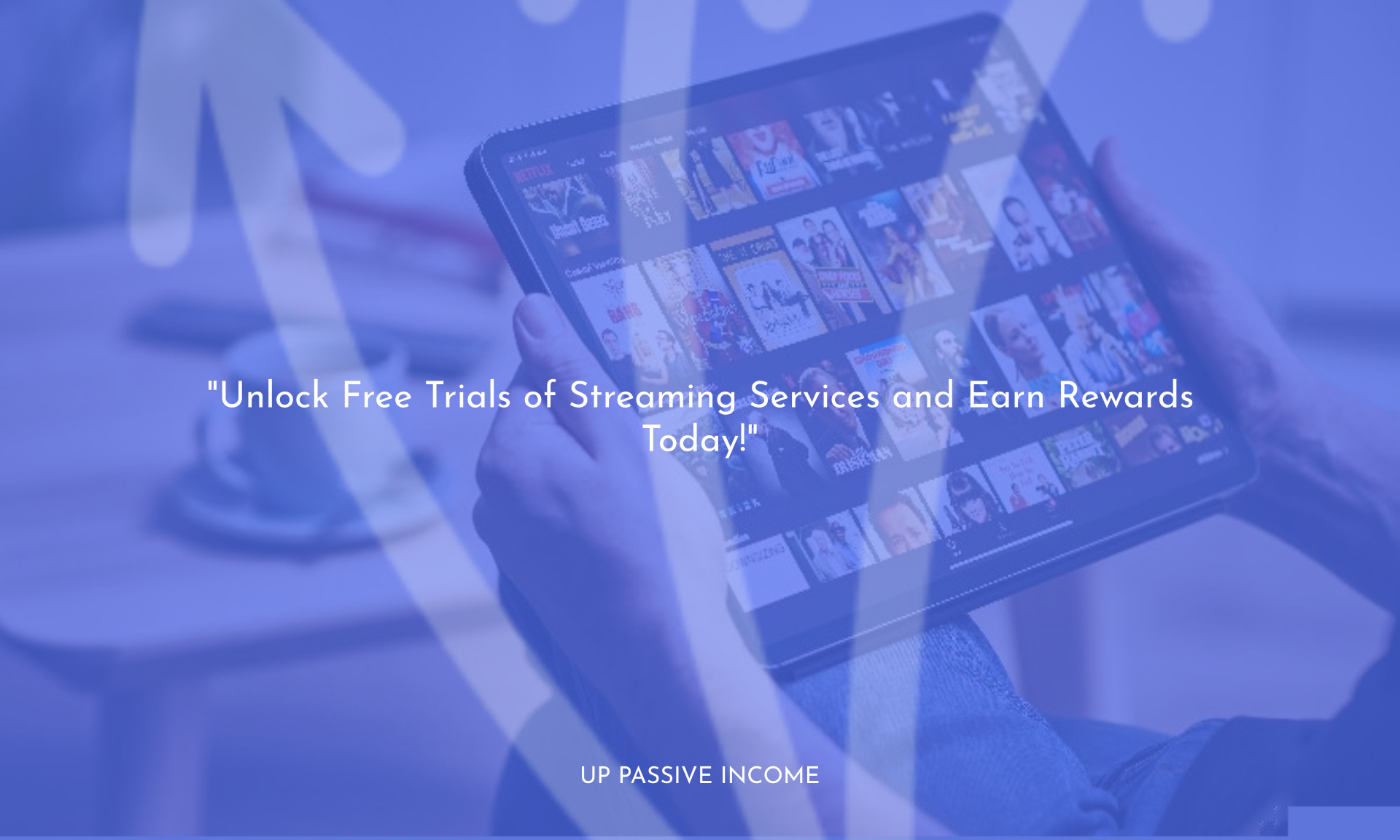Learn how to improve your credit score with biweekly credit card payments. Join credit card industry expert Ted Rossman in this informative blog post as he explains the benefits of this payment strategy, including reducing debt and lowering your credit utilization ratio. Boost your credit score today by following this effective payment method.
Discover the numerous advantages of making bi-weekly credit card payments instead of once a month. In this blog post, credit card industry expert Ted Rossman explains how this strategy can help reduce credit card debt and lower your credit utilization ratio, ultimately boosting your credit score.
Ive gotten into the habit of paying my credit cards off every two weeks, and I recommend this strategy to everyone. While you should always strive to pay your bills in full to avoid interest, this approach is even more impactful for cardholders who carry balances.
If you carry credit card debt from month to month, you dont have a grace period. Interest is accumulating every single day. There are slightly different ways that card issuers calculate this — its often a daily periodic interest rate applied to your daily balance — but the main point is that if you have credit card debt, interest is constantly accruing and paying sooner is always better than waiting until later.
If you pay your entire credit card statement balance, then the next month you should benefit from a grace period. The CARD Act mandates that if issuers have grace periods, and they typically do, then they must last at least 21 days. For example, one of my credit cards emailed me a statement on Dec. 8. Since I paid the entire balance the previous month, I wont be charged any interest if I pay in full by Jan. 5.
Cardholders who pay in full can ride the float even longer, depending on when they made their purchases. Expanding upon my previous example, if I made a purchase on Dec. 9, that bill wouldnt even arrive until Jan. 8, and Id be interest-free until Feb. 5 (again, assuming I paid in full the previous month).
Still, I like paying my credit cards much more often than that.
Table of Contents
Start a payday ritual of an extra mid-month payment
Ive turned it into a payday ritual (every other Friday). One tangible benefit is a lower credit utilization ratio, which helps my credit score. A credit utilization ratio is how much credit youre using divided by your total credit limit. Its calculated per card and across all your cards combined. A lot of people fail to realize that they might have a high credit utilization ratio even if they pay their entire statement balances each month.
Credit utilization is usually reported on your statement date, so if you made $4,000 of charges against a $5,000 limit, you have a very high utilization ratio (80 percent), even if you pay the whole amount before interest is charged. Its usually best to keep that ratio under 30 percent, and lower would be even better. Many people with excellent credit scores keep their utilization under 10 percent. Making an extra mid-month payment or two is a helpful way to accomplish that.
Extra payments also help you monitor your budget
If your cards are out of sight, out of mind, you might have a nasty surprise waiting for you when the statement arrives. Thats especially true this time of year thanks to holiday shopping, travel, parties and so forth. Even if you dont like the extra mid-month payment idea, at the very least, you should be logging into your credit card issuers apps and websites every week or so to keep tabs on your spending. Look for fraudulent transactions while youre at it.
Credit and debit cards can help you map out your spending habits because they provide a digital and/or paper trail. When we spend cash, sometimes its hard to remember where all that money went. And once you know where youve been, youll be better equipped to set your future course.
What to do if youre already in credit card debt
Get a 0 percent balance transfer card (these offers last as long as 21 months), take on a side hustle, sell unneeded possessions and cut your expenses. Funnel as much extra money towards your credit card debt as you can, as often as you can.
Credit card debt is easy to get into and hard to get out of. Interest rates are very high (often 17 to 25 percent, depending on your credit score). Our sister site CreditCards.com found 56 percent of credit card debtors have been in debt at least a year, and 37 percent have been there at least two years.
Look for a warning sign in your credit card statement
You might be about to fall into credit card debt if youre able to pay your monthly statement balances in full, but youre not able to afford the extra charges that you made between the statement close date and your payment date. Thats the difference between the statement balance and the current balance you see when you pay your credit card bills online.
If you can pay the statement balance but not the current balance, youre living close to the edge. Youre essentially depending on your next paycheck to fund the purchases you already made. An every-other-week payment routine gets you out of this rut. You get ahead of your bills rather than playing catch-up all the time. Plus, becoming more conscious about your money helps you avoid overspending and lets you focus on whats most important in your life.
Ted Rossman is the industry analyst and columnist at Bankrate.com and CreditCards.com. He has been interviewed by hundreds of media outlets, including the Wall Street Journal, Forbes, NBC Nightly News, CBS News, CNBC and Fox Business. Ted also writes the Wealth and Wants column for CreditCards.com, which focuses on cash back cards. He previously spent seven years as a member of the award-winning communications department at CreditCards.com and its sister sites, The Points Guy and Bankrate.com.
bi-weekly credit card payments



